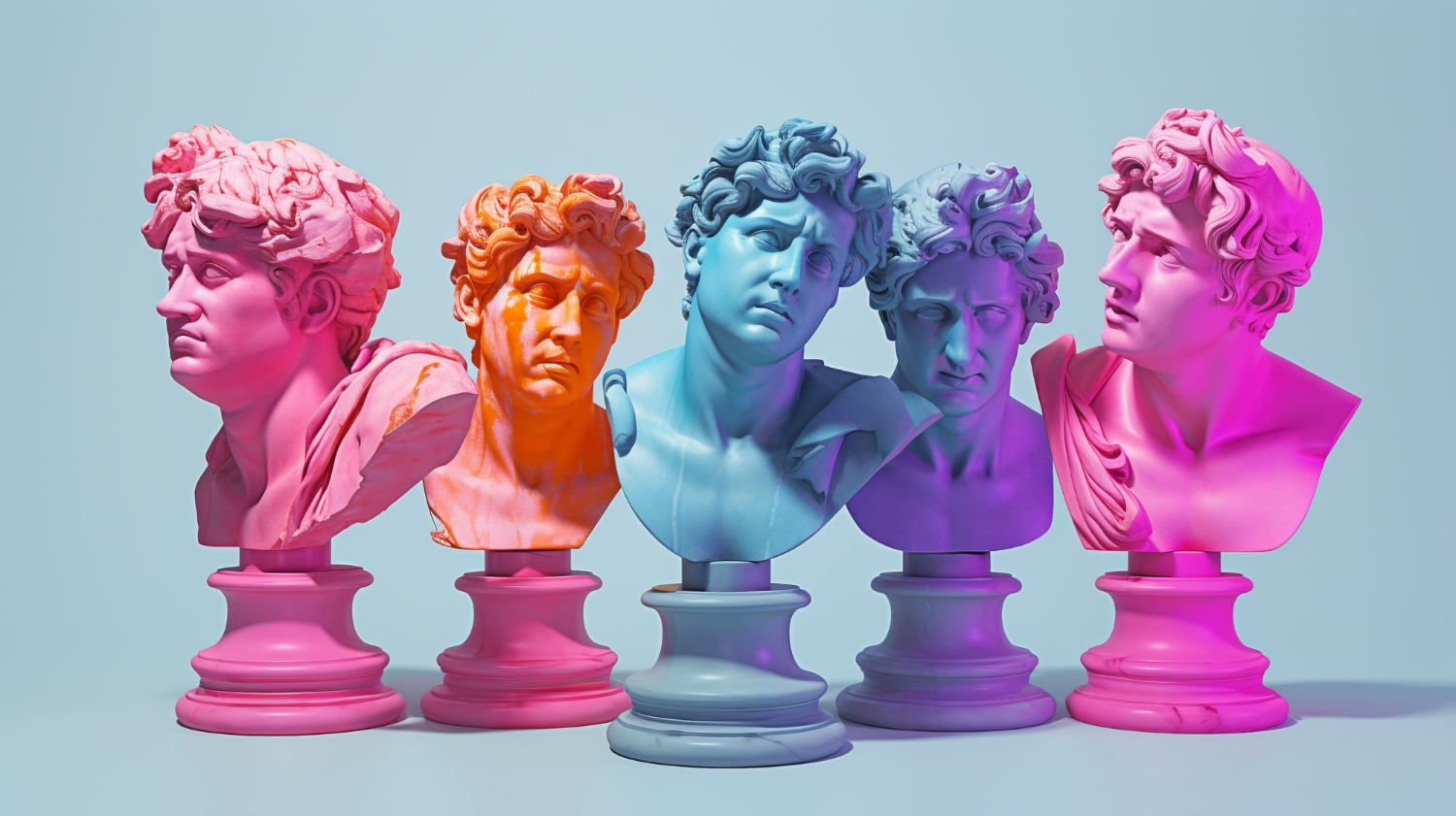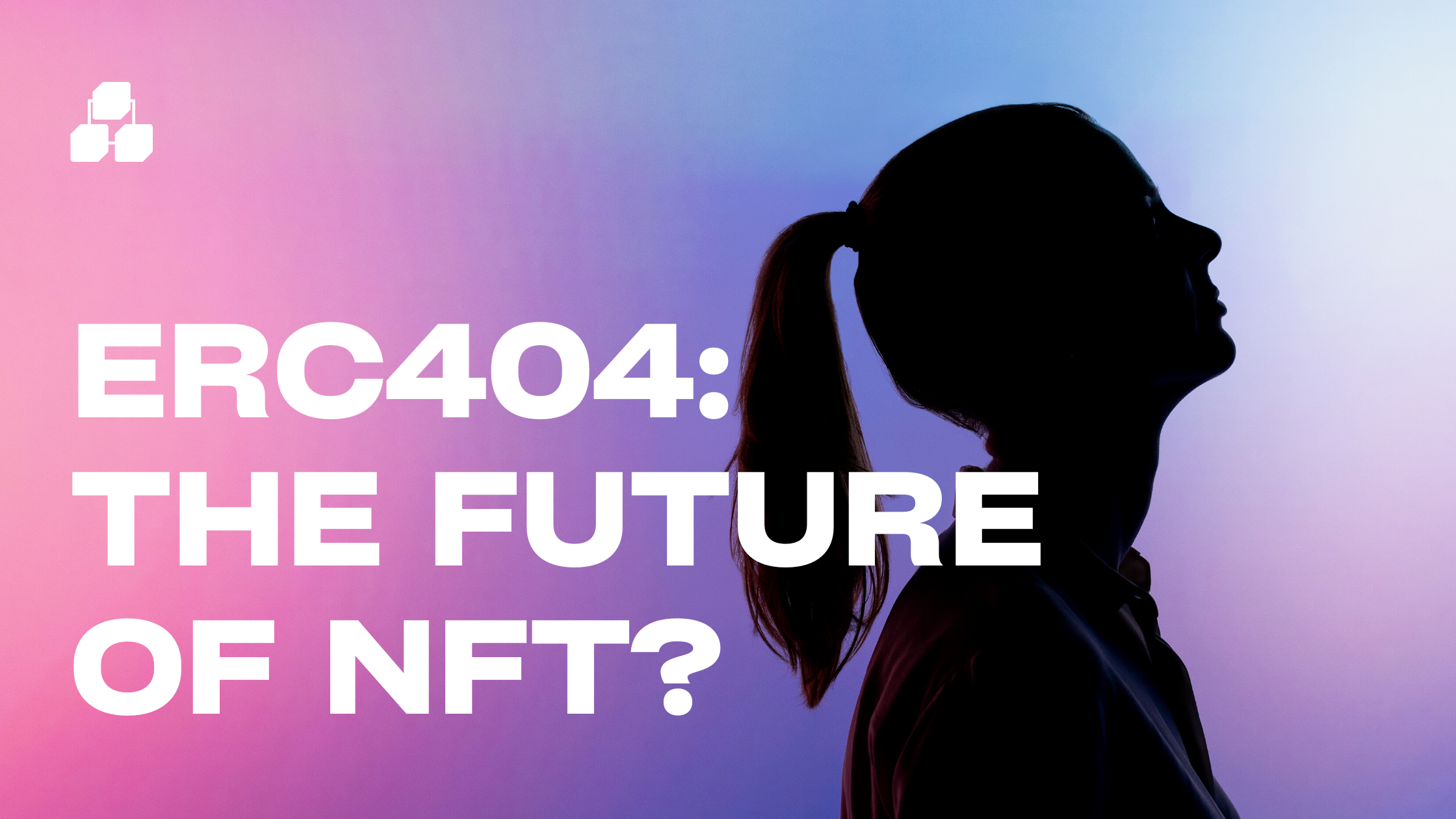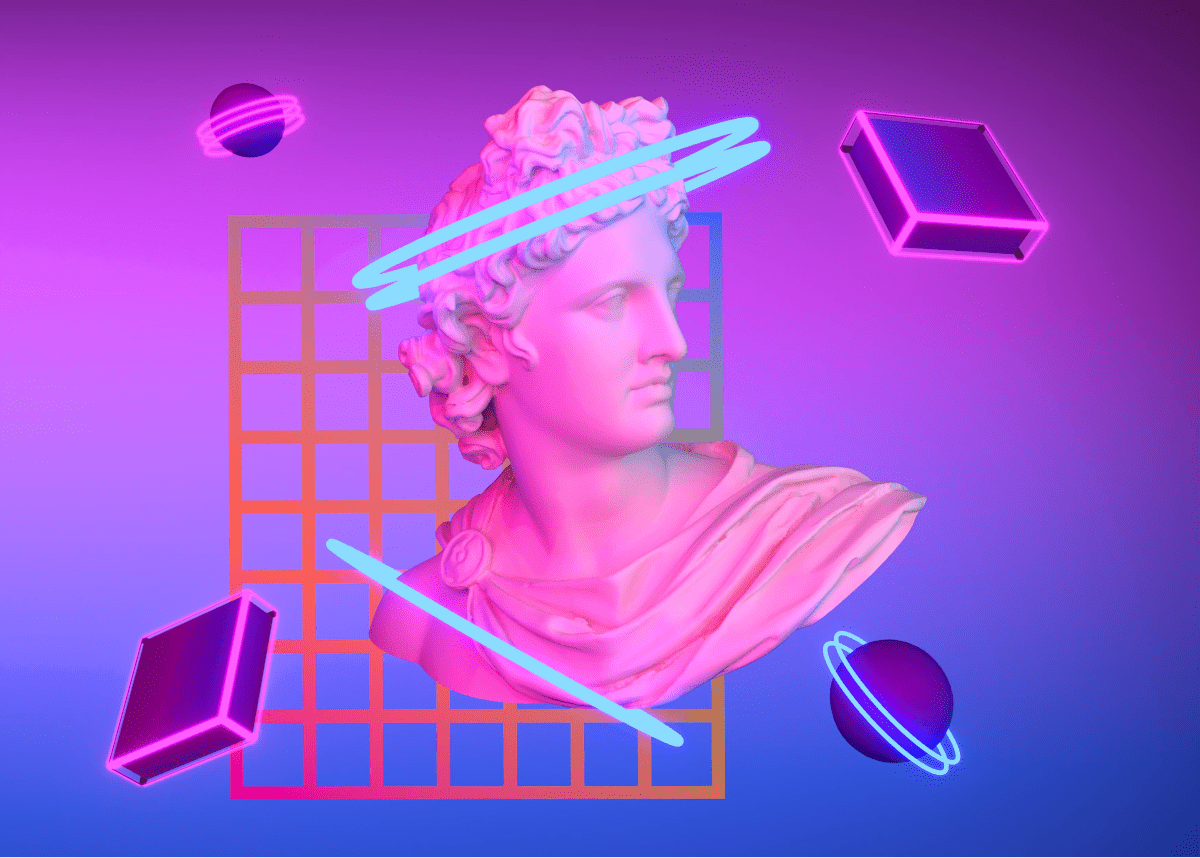The intersection of photography and blockchain technology has ignited a debate that’s impossible to ignore: Are Non-Fungible Tokens (NFTs) the future of photography? With NFTs offering new revenue streams, ownership rights, and creative possibilities, this article delves into the potential and pitfalls of this digital frontier.
The New Digital Asset Class: What is an NFT?
At its core, an NFT is a unique digital asset verified using blockchain technology. Unlike traditional digital files that can be easily copied and distributed, NFTs have a specific set of metadata that ensures their uniqueness and ownership. For photographers, this means a secure way to sell their work in a digital form that can’t be easily replicated.
Monetization and Ownership Rights
Photographers have always faced challenges when it comes to copyright infringement and unauthorized use of their work. NFTs offer a revolutionary way to assert ownership and control distribution. Each NFT can be embedded with smart contracts that could, for example, give the original creator a percentage of sales whenever the NFT changes hands. This opens new avenues for photographers to monetize their work effectively.
Creative Possibilities and Interactive Photography
NFTs are not just static digital assets; they can incorporate interactive elements, layers, or even change over time based on certain conditions. This offers photographers a canvas to innovate, moving beyond static images to create interactive or evolving pieces that engage audiences in new ways.
Skepticism and Environmental Concerns
Despite the excitement, there are criticisms and concerns about the NFT space, especially its environmental impact. The energy-intensive process of minting and transferring NFTs has been a point of contention. Additionally, the current hype has led to market saturation and inflated prices, causing some to question the sustainability of NFTs as a long-term solution for photographers.
Ethical and Legal Considerations
NFTs also introduce new ethical questions about digital ownership and the potential for art to be tokenized without the creator’s consent. Just because the technology exists to “mint” digital assets doesn’t mean that all ethical and legal considerations have been addressed. Photographers should be aware of these factors as they navigate this new landscape.
Conclusion: The Evolving Landscape of Photography
NFTs represent both an exciting opportunity and a series of challenges for the world of photography. They offer new avenues for monetization, creative expression, and ownership but also come with ethical and environmental considerations that cannot be ignored. As with any disruptive technology, the long-term implications are still unfolding. What is clear, however, is that NFTs have already changed the dialogue around the future of photography, and their impact is likely to be felt for years to come.


